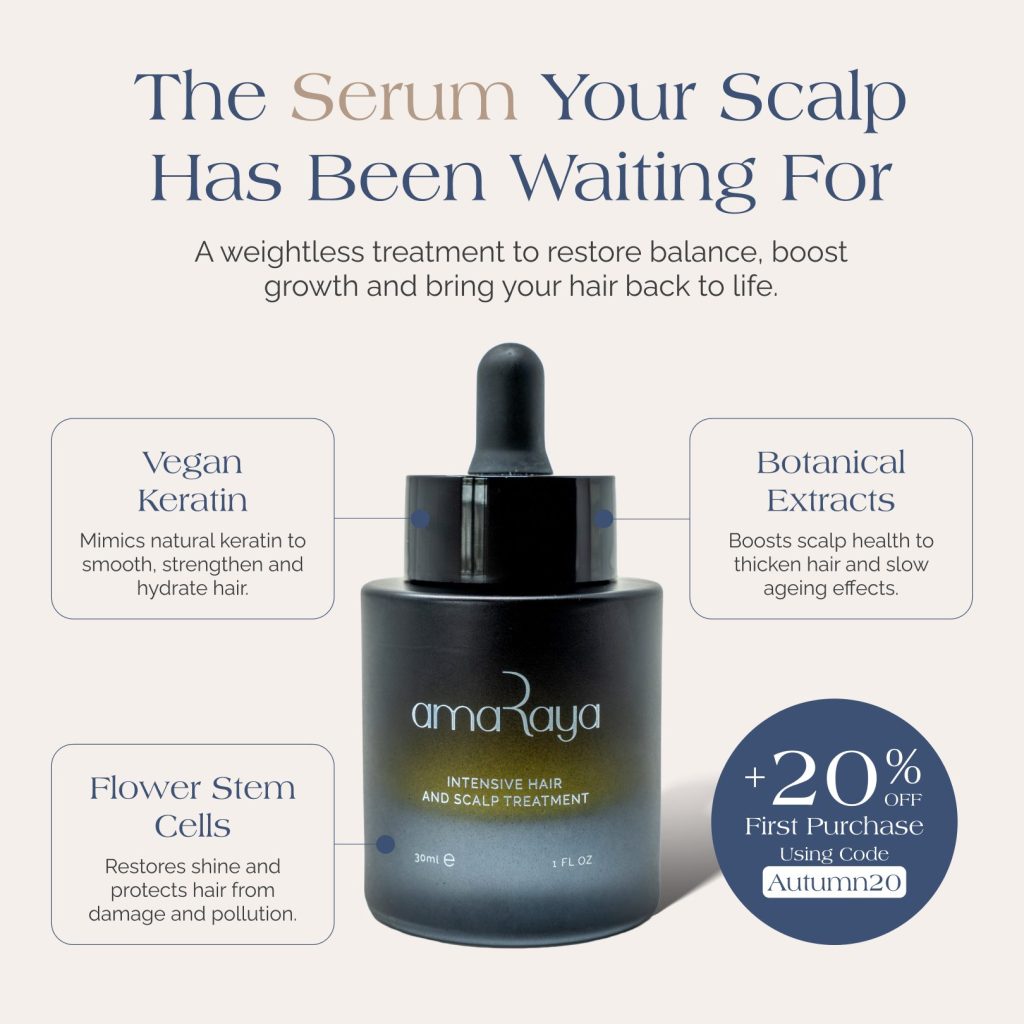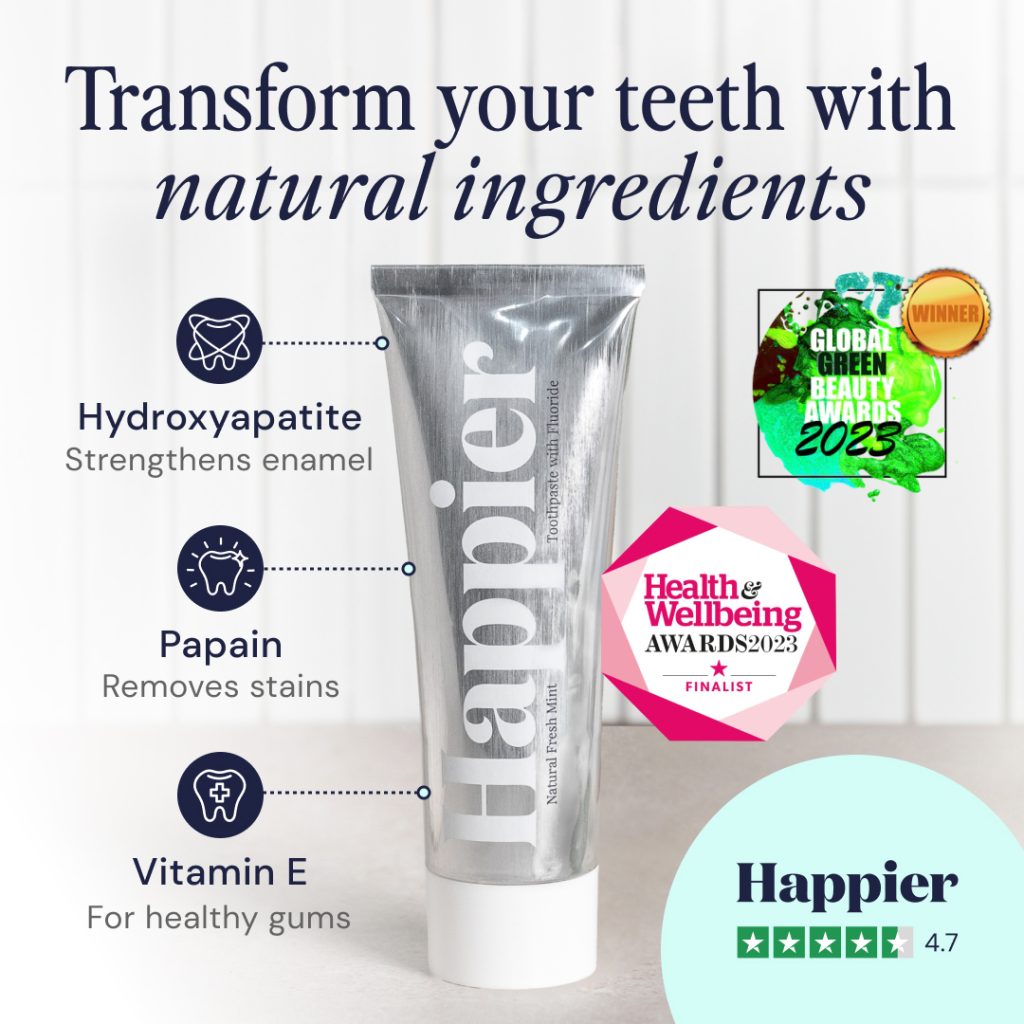Beauty ingredient marketing is redefining how modern brands earn trust. In 2025, the most powerful beauty campaigns aren’t built on celebrity faces or perfect packaging — they’re built on proof. Today’s consumers want to know what’s inside, why it works, and whether it’s backed by science.
Ingredient transparency has become the new luxury. From adaptogens and peptides to superfoods and clean actives, every ingredient tells a story — one that can build credibility, drive conversions, and create lifelong customers. For brands that get it right, transparency isn’t just a compliance checkbox; it’s a marketing advantage.
At Favoured, we believe the future of beauty lies where science meets storytelling. And that’s exactly what beauty ingredient marketing is all about.
The Rise of Ingredient-Led Beauty

Consumers are increasingly prioritising ingredients over marketing hype in the beauty market. This shift is fuelled by greater access to information and a growing scepticism towards traditional advertising. People now actively research cosmetic ingredients and skincare ingredients, consult ingredient lists, and seek science-backed formulations. This trend is also driven by concerns about potential irritants, allergies, and the desire for effective skincare that delivers visible results. The demand for clear ingredient information is a dominant force shaping the beauty and personal care industry.
Prioritising Ingredients Over Hype
The modern beauty consumer is becoming increasingly savvy, moving away from blindly trusting marketing claims and instead focusing on the actual ingredients within a product. They want to understand what each ingredient does, where it comes from, and whether it’s backed by science. This shift is driven by a desire for transparency in skincare and a growing awareness of potential harmful substances. Consumers are actively seeking skincare that aligns with their values, whether it’s natural beauty, clean beauty, or cruelty-free practices. The focus has changed from relying on brand promises to evaluating the merits of key ingredients.
Understanding Clean Beauty and Ingredient Literacy
This rise in ingredient literacy has opened the door for brands to take control of the narrative — especially those operating DTC. This movement promotes avoiding potentially harmful or controversial ingredients, which encourages closer examination of ingredient lists. As a result, beauty consumers are now more informed about several key ingredients.
From barrier-boosting niacinamide to moisture-locking hyaluronic acid, these hero ingredients have become part of everyday consumer vocabulary — reshaping how beauty brands communicate value.
DTC Beauty Brands: The Power of Direct Storytelling
Direct-to-consumer (DTC) beauty brands have a distinct advantage in the age of ingredient-led beauty. Effective beauty ingredient marketing allows DTC brands to build education-led relationships. Through ingredient storytelling on their websites and social media channels, DTC brands can educate consumers about the benefits of active ingredients like peptides and adaptogens, the science behind their formulations, and the ethical sourcing of their natural ingredients. This direct communication fosters consumer trust and loyalty, setting DTC brands apart in a competitive beauty market, and enabling ingredient innovation.
How Ingredient Transparency Builds Brand Trust

The Importance of Detailed Ingredient Information
In the competitive beauty market, detailed ingredient information is paramount to gaining consumer trust. Beauty brands that openly share their formulations, including the INCI (International Nomenclature of Cosmetic Ingredients) list, demonstrate a commitment to transparency. Providing clear ingredient lists allows beauty consumers to make informed choices about the beauty products they purchase, ensuring they align with their skincare needs and preferences. This level of detail helps distinguish between truly clean beauty options and instances of greenwashing, fostering a deeper connection between the beauty brand and its consumer base.
Emotional Reassurance vs. Rational Proof
Ingredient transparency bridges the gap between emotional reassurance and rational proof. While consumers appreciate the emotional connection to a beauty brand’s story, they also seek concrete evidence that the product delivers on its promises. By providing science-backed data and clinically proven results, beauty brands can alleviate consumer demand for assurance. Transparency regarding the source of ingredients, formulation processes, and the science behind active ingredients like peptides and hyaluronic acid builds confidence and fosters loyalty in the new beauty landscape. By demonstrating that the benefits are not just claims but scientifically supported facts, brands provide both emotional reassurance and rational proof.
Transparency as a Differentiator in the Beauty Market
In a crowded beauty industry, ingredient transparency can serve as a significant differentiator for beauty brands. Sharing detailed information about skincare ingredients, sourcing practices, and the science behind formulations allows brands to stand out from competitors who rely on vague marketing claims. This commitment to transparency not only attracts discerning beauty consumers but also fosters long-term loyalty. By embracing ingredient transparency, beauty brands signal their commitment to ethical practices, consumer well-being, and delivering effective beauty products, setting them apart in the competitive beauty market and solidifying their position in the future of beauty.
Ingredient Storytelling That Converts
Bringing Ingredients to Life: Adaptogens, Peptides, and Superfoods
Ingredient storytelling transforms complex scientific data into engaging narratives that resonate with the beauty consumer. Ingredients each possess a unique story, from their origin to their benefits for the skin. Beauty brands often focus on the narrative around key elements such as:
- Adaptogens, sourced from resilient plants, convey a message of resilience and balance, aligning with consumer demand for holistic well-being.
- Peptides, as building blocks of protein, represent scientific innovation and anti-aging skincare potential.
By highlighting the unique stories of these active ingredients, beauty brands can connect with consumers on an emotional level, fostering trust, and driving purchasing decisions in the beauty market.
The Role of Visual Storytelling in Skincare Marketing
Visual storytelling plays a vital role in conveying the essence of skincare ingredients and enhancing ingredient transparency. High-quality images and videos can showcase the texture and consistency of skincare products, providing a tactile experience for online shoppers. Lab shots can illustrate the scientific rigor behind ingredient sourcing and formulation, reinforcing trust in the product’s efficacy. Moreover, visuals can depict the origin of natural ingredients, highlighting ethical sourcing practices. Beauty brands can use compelling visuals to enhance their marketing campaigns by focusing on aspects such as:
- Enhancing the appeal of beauty products.
- Differentiating themselves in the competitive beauty industry.
Successful Brand Examples in Ingredient Storytelling
Many beauty brands are excelling in ingredient storytelling to meet consumer expectations, with transparency that drives conversions. For example, The Ordinary has gained a loyal following by clearly communicating the concentration and function of single active ingredients in their formulations. Other beauty brands highlight the unique story behind each natural ingredient, sharing details about its source, the harvesting process, and its benefits for the skin. By showcasing the efficacy of ingredients like hyaluronic acid, vitamin C, and peptides, these beauty brands have successfully captured the attention of discerning beauty consumers who seek ingredient innovation and transparency.
Strategies for Effective Beauty Ingredient Marketing
Creating Educational Social Series on Ingredients
Educational social media series can be a highly effective beauty ingredient marketing strategy. These series can focus on individual skincare ingredients like retinol, niacinamide or salicylic acid, explaining their benefits, potential side effects, and how they work within the skin. Short, informative videos or visually appealing infographics can effectively communicate complex scientific data in an accessible format. By providing valuable information about key ingredients, beauty brands can establish themselves as trusted sources of knowledge, fostering consumer trust and loyalty in the competitive beauty market and shaping future beauty trends.
Email Campaigns Centered on Ingredient Storytelling
Email marketing campaigns offer a direct way to deliver ingredient storytelling to engaged beauty consumers. These campaigns can feature a single skincare ingredient, highlighting its origin, scientific benefits, and the beauty products in which it is featured. For example, a campaign might focus on hyaluronic acid, explaining its hydrating properties, showcasing its role in a new serum, and offering exclusive discounts. By tailoring email content to specific skincare ingredient interests, beauty brands can increase engagement, drive traffic to their website, and convert subscribers into loyal customers seeking ingredient innovation.
Utilising UGC and Influencers for Validation
User-generated content (UGC) and influencer partnerships can provide valuable validation for ingredient claims and contribute to overall ingredient transparency. Encouraging customers to share their experiences with beauty products containing specific skincare ingredients like peptides or adaptogens can provide authentic testimonials and build consumer trust. Partnering with skincare influencers who have expertise in cosmetic ingredients and formulation can further enhance credibility and reach a wider audience. By leveraging UGC and influencer marketing, beauty brands can amplify their ingredient storytelling efforts and drive consumer trust in the beauty and personal care space.
Favoured’s Perspective: Science Meets Strategy


Integrating Ingredient Storytelling into Marketing
Favoured recognises that effective beauty ingredient marketing goes beyond simply listing ingredients. It requires a strategic approach that integrates ingredient transparency into every aspect of a beauty brand’s marketing efforts. This includes crafting compelling ingredient stories, developing visually appealing content, and targeting the right audience with personalised messaging that educates about the benefits of various skincare ingredients. By seamlessly weaving ingredient information into marketing campaigns, brands can establish themselves as trusted authorities in the beauty industry. Transparency and detailed information are key to connecting to the consumer’s demand.
Connecting Science with Story for Conversion
Favoured helps beauty brands connect science with story by translating complex formulations into clear, conversion-driven marketing narratives. We understand that consumers are increasingly seeking science-backed information about the skincare ingredients in their products. By combining scientific data with compelling storytelling, we create content that resonates with consumers on an emotional and rational level.
Conclusion: Emphasising the Importance of Ingredient Transparency
In conclusion, beauty ingredient marketing is no longer a trend but a fundamental requirement for success in the modern beauty market. Consumers are actively seeking transparency in skincare, demanding detailed information about the skincare ingredients in their products. Beauty brands that embrace ingredient transparency and prioritise clear communication will be best positioned to build consumer trust, differentiate themselves from competitors, and drive growth. The new beauty ingredient trends will continue to be about ingredient transparency and meeting consumer demand for ethical sourcing.
Collaborate with Us
Ready to transform your skincare ingredients into your brand’s strongest story? At Favoured, we turn transparency into transformation. Let’s build beauty campaigns that earn trust, drive growth, and prove that in 2025 and beyond — science really does sell.




























